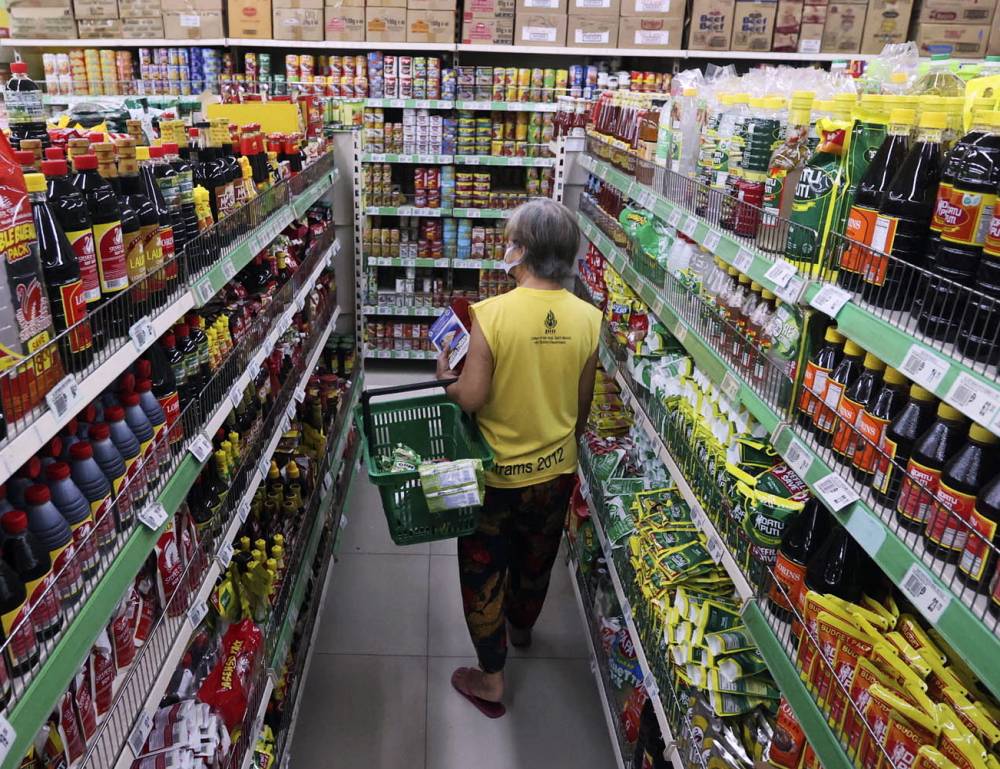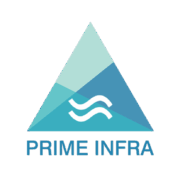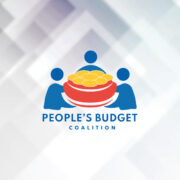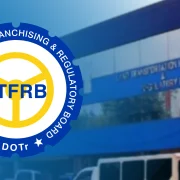Consumer gulf widens as demand for premium and budget foods grows

LONDON—From Nestle to Danone, food companies are seeing shoppers that want either premium or cheaper products, with less interest in items in the middle, particularly in developed markets like North America.
The packaged goods industry has for over two years hit shoppers with higher prices, citing higher costs that started with the pandemic and were exacerbated by Russia’s invasion of Ukraine. Everything from sunflower oil to freight has become more expensive, taking a toll on global supply chains and consumers struggling to make ends meet.
Executives have in recent quarters reported that costs are rising at a slower pace, and have eased up on price hikes.
In some cases, prices are still rising because companies say they are innovating to create better products that are helping them win over wealthy shoppers.
Focused on bargains
At the same time, though, they say hard-up shoppers are more focused than ever on bargains, particularly in the United States.
Nestle, the world’s biggest packaged food company, on Thursday highlighted growth for pricier varieties of its Purina pet food and Perrier bottled water, as well as for cheaper Maggi noodles.
“Regarding the United States it’s important to keep in mind something that you’ve also heard from other consumer companies and that’s the state of, what I call, the bifurcated consumer,” Nestle CEO Mark Schneider told journalists on a call to discuss first quarter sales.
“We’re seeing significant pressure at the lower income consumer level,” Schneider said, pointing to consumers in the United States still feeling the hit of price increases from the last two years, and the reduction in US Supplemental Nutritional Assistance Program (SNAP) food stamp payments.
“But don’t forget there’s also the thriving premium (shoppers), where I think there are consumers that are very interested in a continuous stream of premium products,” he added.
Squeezed middle
Other consumer-facing industries, including luxury and fashion, have also seen a trend of affluent shoppers flocking to the most expensive brands while those that are struggling look for low prices, with the mid-market squeezed.
“We see the same development in the luxury goods industry,” Vontobel analyst Jean-Phillipe Bertschy said. “For Nestle, this is corroborated by the ongoing weakness in the frozen food in the United States.”
Nestle’s sales volumes in North America—where frozen foods tend to be mid-range products—fell 5.8 percent in the first quarter, mainly due to a decline in the freezer section. That contributed to the company missing quarterly sales growth estimates.
Nestle shares were down 3.8 percent in early trading.
Hunting for value
French dairy giant Danone said last week it was winning both cash-strapped and wealthy shoppers, recouping some of the market share it lost to retailers’ private label brands.
“The low-price segment in Danone’s categories is growing fast, but the high price segment is also growing fast—but the middle segment is a bit squeezed,” finance chief Juergen Esser said in an interview following a sales update.
Consumers are hunting for value either via price, or quality and innovation, he added.
Unilever, maker of Knorr stock cubes and Hellmann’s condiments, also noted “premiumization” when describing first quarter results for four of its five product categories—including ice cream—in a trading update on Thursday.
Its first-quarter sales rose by a better than expected 4.4 percent as it also won back shoppers who had traded down to cheaper products, sending its share more than 4 percent higher. —Reuters
Reuters, the news and media division of Thomson Reuters, is the world’s largest multimedia news provider, reaching billions of people worldwide every day. Reuters provides business, financial, national and international news to professionals via desktop terminals, the world's media organizations, industry events and directly to consumers.

















